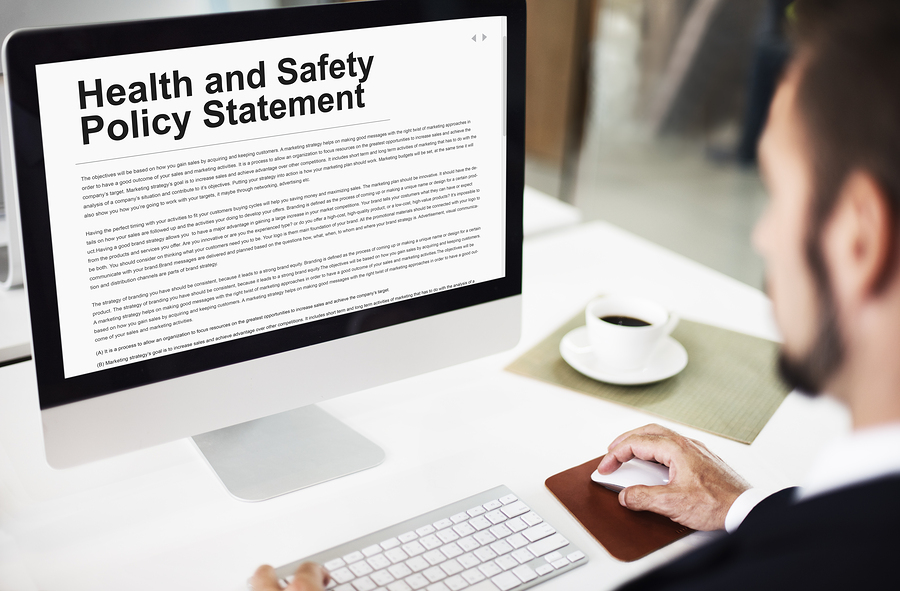In February 2016, the new guidelines from the Sentencing Council came into force. These amendments dramatically increased fines for corporate manslaughter, food safety and hygiene offences, and health and safety offences
Prior to these dramatic revisions, courts were only able to deliver fines that had negligible effects on offenders. Within the first year, it has become apparent that the new guidelines have been effective, as there were 19 fines of at least £1 million, compared to only three in 2015 and none in 2014, according to HSE data. What’s more, is that the value of the 20 highest fines in 2016 totalled £38.5 million, which was just more than all the 660 total successful prosecutions in 2015-16 (£38.3 million).
However, even after more than a year, some organisations are still unfamiliar with the new guidelines and fines. To ensure that your organisation is adequately prepared for the sentencing revisions, review the following comprehensive overview and guidance.
What Are the New Fines?
In order to assign proportionate fines that have a significant impact on an organisation’s finances and deter them from making the same offence again, the Sentencing Council separates organisations by annual turnover. Depending on an organisation’s income, it could be placed in one of the following four categories:
- Large organisations: Turnover of £50 million or more
- Medium organisations: Turnover between £10 million and £50 million
- Small organisations: Turnover between £2 million and £10 million
- Micro organisations: Turnover of £2 million or less
Organisations with a turnover that greatly exceeds the threshold for large organisations may receive fines outside the suggested range to ensure the sentence is proportionate.
By using the above criteria, the courts will classify organisations in order to mete out proportionate fines for these offences:
- Health and safety offences: Based on an organisation’s offence, turnover and whether the fine is proportionate to its financial means, fines range from £50 to £10 million.
- Corporate manslaughter: Based on the seriousness of an organisation’s offence, its turnover and whether the fine is proportionate to its financial means, fines range from £180,000 to £20 million.
- Food and safety hygiene offences: Based on an organisation’s offence, turnover and whether the fine is proportionate to its financial means, fines range from £100 to £3 million.
Best Practices to Prioritise Health and Safety
Despite the swift and startling rise in both the number and value of fines, organisations have been slow to revise their health and safety practices. To help your organisation prioritise health and safety and avoid these costly new fines, follow these five best practices:
- Conduct a thorough risk management and health and safety review of your premises and policies. In order to possess a comprehensive understanding of all potential risks that may affect your business, you should solicit the input of your employees and ask them to identify their health and safety concerns. In addition, you may want to review your organisation’s risk assessment with a health and safety professional to ensure that there are no gaps.
- Provide a comprehensive safe work practices training for all of your employees. This training should be conducted at least annually or after a health and safety incident. If there is a health and safety incident, you should develop more rigorous risk management strategies to safeguard against a similar incident happening again.
- Have your employees participate in regular technical and operational training to ensure that they can safely use all the equipment and perform all required tasks. If you were to purchase new equipment or add a new task, you should provide your employees with additional training. In addition, you should also conduct a risk assessment for each new piece of equipment or task.
- Have a health and safety consultant visit your organisation to conduct a thorough risk assessment at least annually.
- Encourage your health and safety manager to earn health and safety as well as risk management accreditations.
More Information
If your organisation would like more information, you can visit the Sentencing Council’s definitive guideline document, which can be found here. In addition, you can contact Bond Lovis Insurance Brokers today for help prioritising health and safety and to verify that your insurance is comprehensive and robust.

